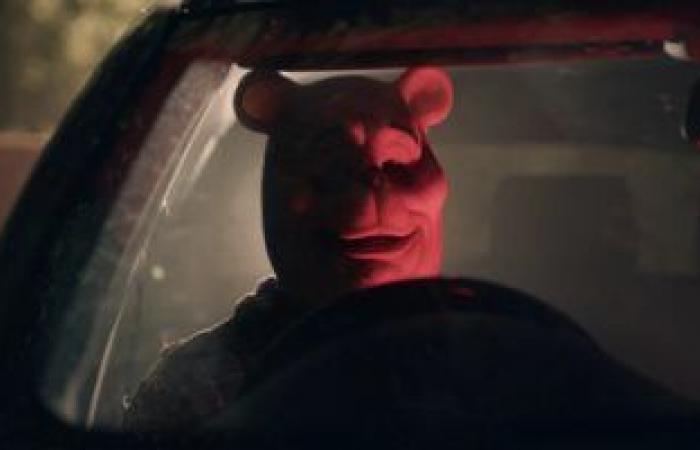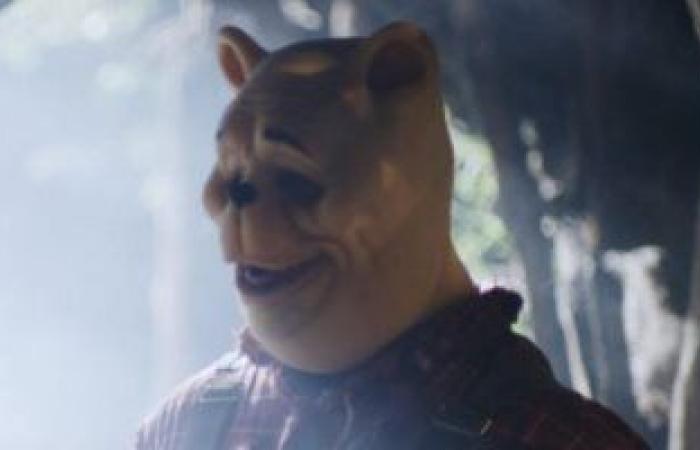
To Winnie-the-Pooh fans, the bridge over the river on the edge of the forest where Pooh invents a new game is up there with heffalumps and pots of honey and the Hundred Acre Wood.
It is where Pooh one day accidentally drops a fir cone in the water on one side of the bridge, only to spot – to his astonishment – the cone reappearing on the other side. “And that was the beginning of the game called Poohsticks.”
Now the original bridge has been sold for £131,625, more than double the top end of the presale estimate of £40,000 to £60,000. Its new owner is Lord De La Warr, who owns the 2,000-acre Buckhurst Park estate in East Sussex, which incorporates the wood made famous in AA Milne’s children’s books.
De La Warr said he was delighted to be the successful bidder. The bridge would “take pride of place on the estate close to its original position”, he said.
Describing the structure as “an iconic piece of literary history in physical form”, James Rylands, the director of Summers Place Auctions which held the sale, said there had been interest from potential buyers in many countries. “But we are thrilled the bridge will stay in the UK – it’s a really happy ending and we couldn’t have hoped for anything better.”
According to Rylands, De La Warr’s father used to play Poohsticks with Christopher Robin Milne, the only child of AA Milne, who was the inspiration for the children’s books along with his collection of soft toys. Rylands said the bridge was “going back home”.
The original wooden structure was built from oak in 1907 to carry pedestrians, horses and carts over a river in Ashdown Forest, the setting for the Pooh stories and poems. It was replaced with a replica in 1999 after visits by thousands of people keen to recreate the famous EH Shepard drawing of Christopher Robin leaning over the railings left it worn and rickety.
The original bridge was dismantled and placed in storage. It was later reconstructed and restored, and relocated to Kent after a private sale.
Now, said Rylands, Winnie-the-Pooh fans would again be able to set eyes on it, although games of Poohsticks may be ruled out in order to preserve the bridge for future generations.
He added: “Winnie-the-Pooh’s attraction is the innocence of a bygone age; it’s so wholesome. There’s so much badness in the world, but Winnie-the-Pooh always brings a smile to your face.”
The price achieved in sealed bids was “a reflection of its place as a national treasure, but more importantly it will be cared for and loved”.
In 2014, EH Shepard’s illustration of Pooh, Christopher Robin and Piglet playing Poohsticks sold at auction for more than £300,000. Four years later a map of Hundred Acre Wood reached £350,000.
The first collection of Winnie-the-Pooh stories was published in 1926, with the House at Pooh Corner following two years later. Christopher Milne, who died in 1996, later claimed his father had exploited his childhood.
“It seemed to me almost that my father had got to where he was by climbing upon my infant shoulders, that he had filched from me my good name and had left me with the empty fame of being his son,” he wrote.
This article was amended on 7 October 2021. Christopher Milne died in 1996, not 2011 as an early version said.












